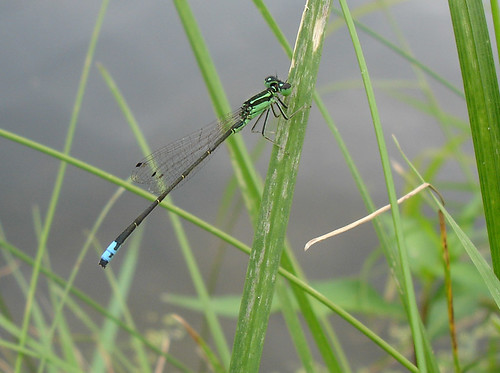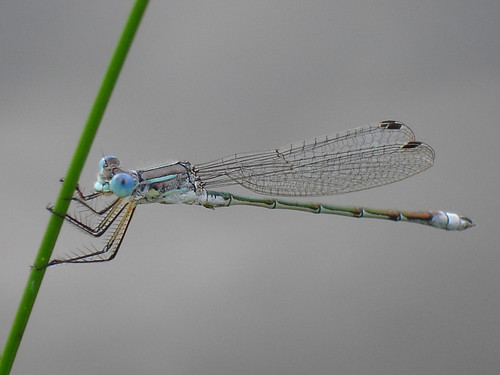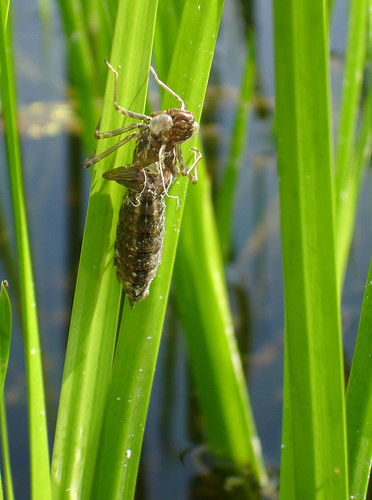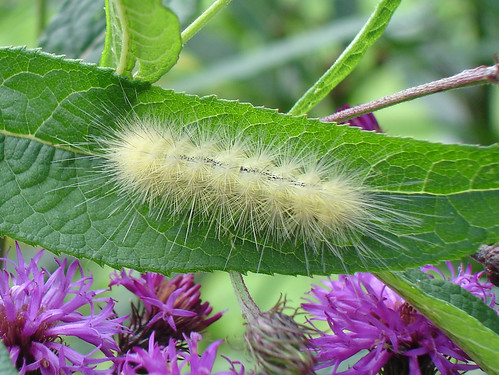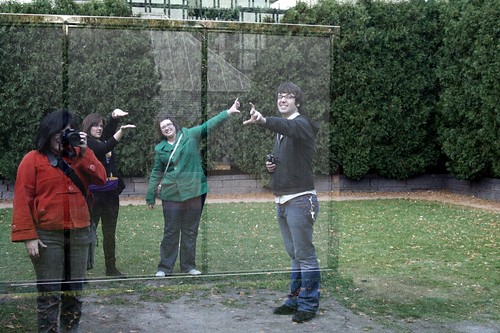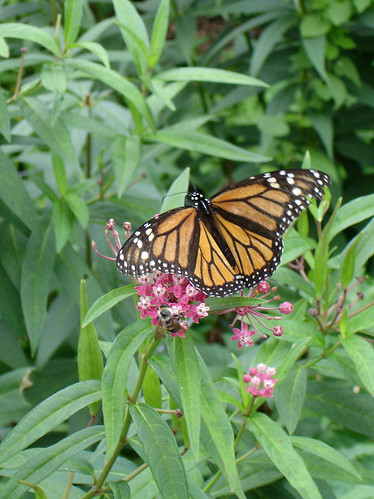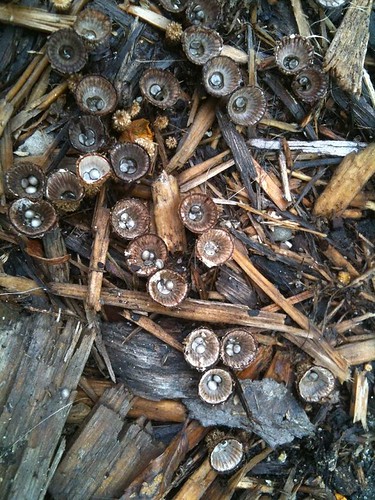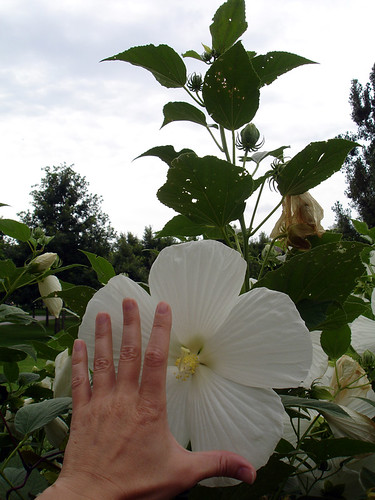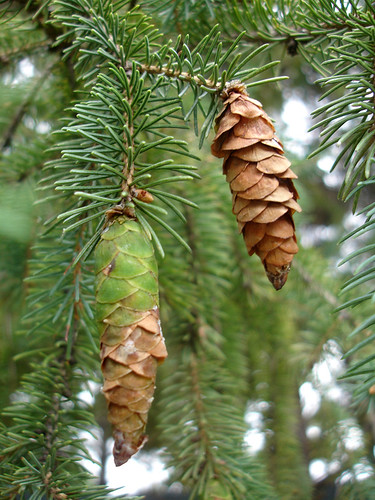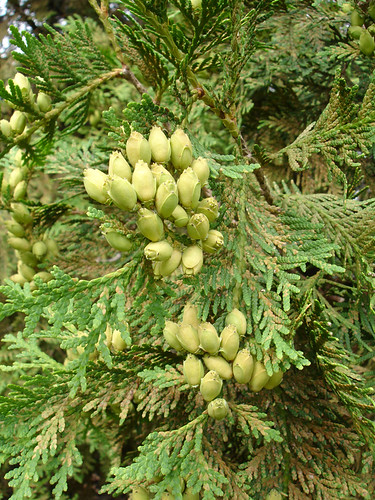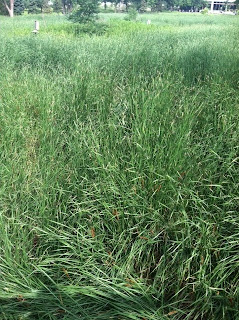"I love the way cicadas subdivide the summer for me. I suppose studying any summer fauna does the same."And though I'm very green at my 'studies,' I share this impression. I say 'impression' because my haphazard observations are painted with a broad brush rather than rendered by well-informed study and systematic record-keeping. None-the-less, here's how my sub-divided summer has played out:
August 12: Eastern Forktails on the scene, abundant
August 19: Abundant and diverse dragonflies and damselflies. A lot of unfinished work in terms identification.
August 26: Emergence of an unidentified dragonfly, as inferred by the presence of abundant exuviae.
August 26: Damselflies (possibly a species of sprite) mating; Eastern Forktails are still present but (by my estimation) less abundant than 2 weeks prior.
If I added some expertise and methodology (some science, if you will) to my practice, how sophisticated could this chronology become? But rather than pursuing a single focus (dragonflies, for example), Open Phenology cast its net broadly. I've had the opportunity to share this project with collaborators with diverse specialties, ranging from ornithology to botany, audio engineering to phenology, sculpture conservation to ecology. Open Phenology's expansive approach is key to its strenghths:
- Accessible to multiple publics, Open Phenology has no prerequisite knowledge base or skill set.
- Open Phenology values synthesis and interconnections as a way of understanding the world.
- Open Phenology promotes non-hierarchical exchange of information.
- Through facilitated conversations and discovery, Open Phenology emphasizes empirical observation. A frame is drawn around this activity, calling attention to its legitimacy and authenticity.
- In addition to recording what we do see, participants are encouraged to consider what we don't see and this leads to speculations, hyphotheses, and sustained curiosity.
Throughout the summer I've been negotiating Open Phenology's ambiguous relation to science. I have maintained all along that Open Phenology is not science, and while I'm content with this, it makes me wonder about lost opportunities. How would I modify Open Phenology to bring it into alignment with scientific inquiry? Specialization is the answer. Here are some citizen science endeavors on my radar:
- Use Cornell Ornithology Lab's NestWatch or eBird to collect data on birds.
- Participate in the Minnesota Odonata Survey Project
- Collect and share information about Lepidoptera on BAMONA (Butterflies and Moths of North America)
- Join USA National Phenology Network's call to take the pulse of our planet. Select one or two species to study and record.
